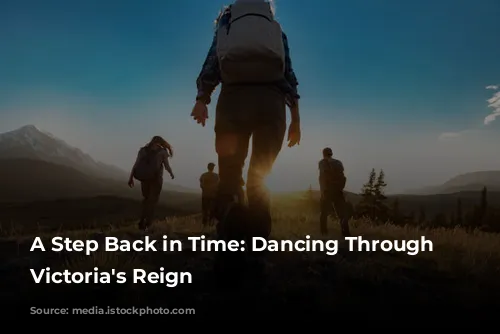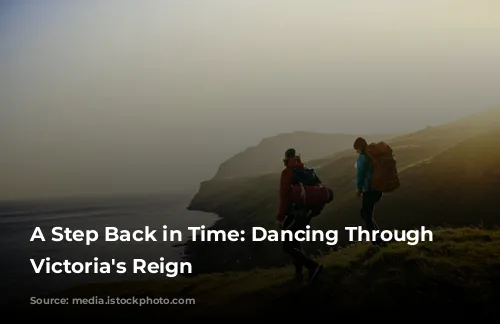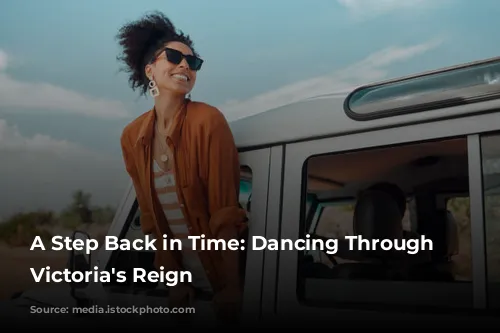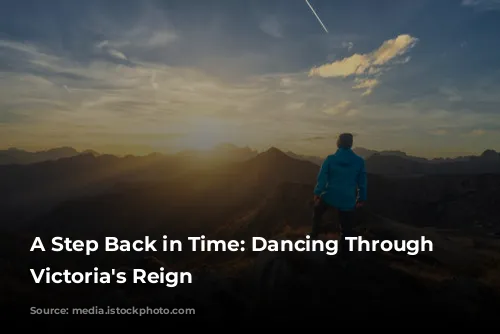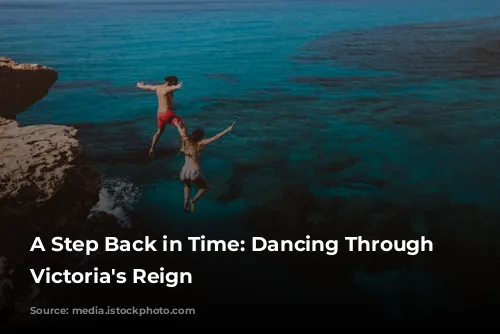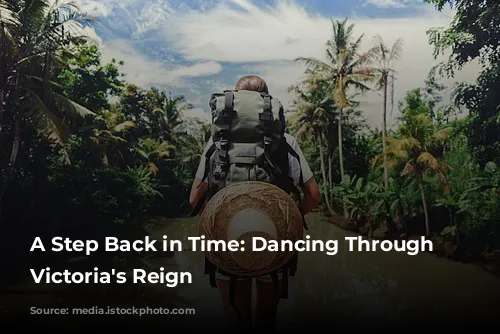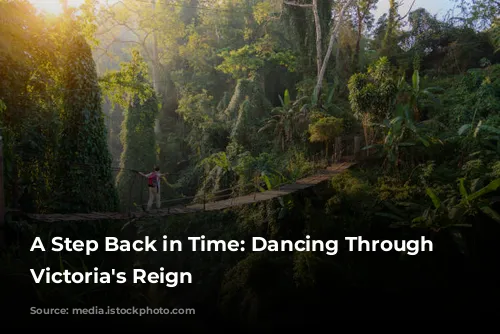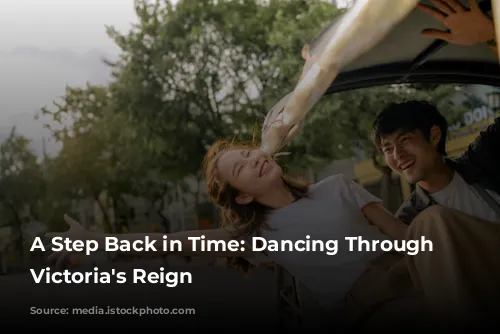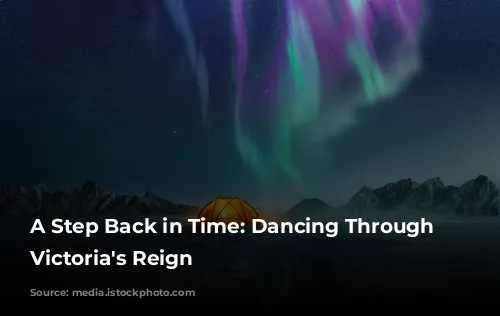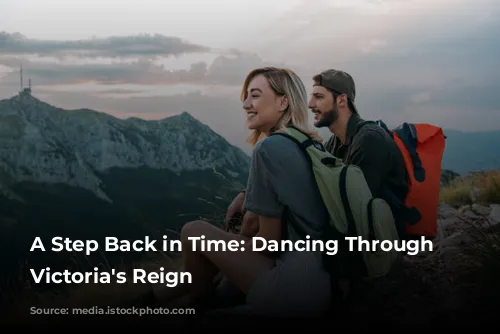Step into the grand and enchanting era of Queen Victoria’s reign, where the strict rules of society met with the joy and romance of the ballroom. In this time, when dance was more than just a pastime, it was a vital part of courtship and social interaction. As a passionate amateur ballroom dancer, I’m delving into the fascinating world of Victorian dances, the regal splendor of Buckingham Palace’s ballroom, and the extravagant parties that took place during Queen Victoria’s rule.
This paragraph introduces the topic and establishes the author’s credentials.
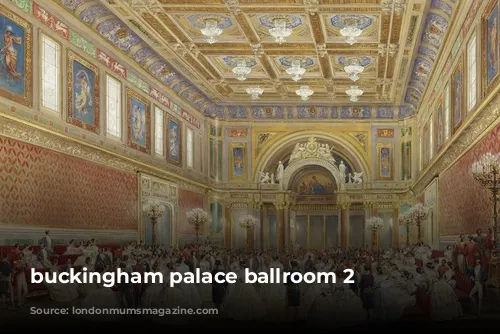
The Flowering of the Romantic Era: Waltzes and More
The romantic Victorian period saw dances blossom with passion and grace. The waltz revolutionized dancing, introducing the concept of “closed dance,” where couples danced close together, arm-in-arm. This intimate dance style brought about terms like “to roll” and “to turn,” adding a touch of magic to the dance floor.
This paragraph discusses the waltz’s impact on dancing and social customs.
The polka burst onto the scene as a captivating folk dance, sweeping through ballroom society with its infectious energy. Couples whirled around the floor, showcasing a blend of chasing, jumping, and playful steps. The polka’s exuberance quickly made it a favorite among Victorian dancers.
This paragraph describes the polka and its popularity in the Victorian era.
The mazurka, hailing from Poland, captivated hearts with its rhythmic and spirited movements. Like the polka, it was a couple’s dance, allowing partners to showcase their grace and connection through intricate steps and patterns.
This paragraph introduces the mazurka and its characteristics.
The gallop, as its name suggests, involved a thrilling chase as couples darted across the ballroom floor. This dance emphasized simple step changes, resulting in a lively and joyous display of movement.
This paragraph discusses the gallop and its energetic nature.

Beyond the Dance Floor: Social Significance of Dancing
During the Victorian age, dancing was not just entertainment; it reflected one’s social standing and etiquette. It was believed that if you couldn’t dance well, it was better to avoid dancing altogether. Balls were lavish gatherings where the elite showcased their grace and poise, providing the perfect stage for courtship to blossom.
This paragraph explores the social significance of dancing in Victorian society.
Between 1800 and 1830, the Regency Era flourished, and dances were performed in formations of squares and lines. The Quadrille, a popular new dance in 1815, featured rapid and gliding steps like the chassé and jeté assemblé. This was also the era when the waltz began to gain popularity, though initially, genteel society hesitated to embrace its close embrace.
This paragraph details dance trends during the Regency Era, focusing on the Quadrille and the early emergence of the waltz.
Despite initial resistance, the waltz evolved into a beloved ballroom dance, particularly after dances like the Galop and the Polka infused it with playful exuberance. The Polka, which gained immense popularity in society ballrooms, introduced closed-couple turning and opened the door to a range of other couple dances like the Schottische, Valse à Deux Temps, Redowa, Five-Step Waltz, and Varsouvienne. These dances reflected the excitement, inventiveness, and youthful daring of the era, embodying a spirit of graceful romance.
This paragraph discusses the waltz’s evolution and the emergence of new couple dances during the Victorian era.
As the 1870s arrived, the enthusiasm for dancing waned, and the middle class primarily focused on the Waltz and the Two-Step. The Mazurka, Schottische, Redowa, and Polka began to fade, and dance masters struggled to revive interest. Social dances gradually became less exciting and less charming, with balls becoming more of an affair for parents and grandparents.
This paragraph describes the decline of dance enthusiasm in the later Victorian period.
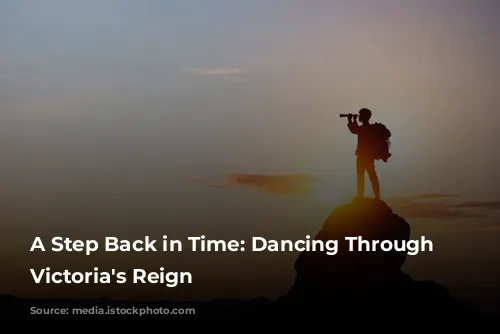
Buckingham Palace: A Royal Ballroom and a Legacy of Dance
Buckingham Palace played a vital role in Queen Victoria’s vision for a modern monarchy. The royal hospitality extended there was unlike any other, as balls and dinners became occasions for the arts, diplomacy, and charity to flourish. The redesigned palace, besides being a suitable home for the growing royal family, transformed into the most glittering court in Europe.
This paragraph discusses Buckingham Palace’s role in Queen Victoria’s reign and its transformation into a center of royal life.
Queen Victoria, a talented singer and pianist, held a deep passion for music. She hosted musical evenings, inviting renowned musicians like Sigismond Thalberg to perform in the State Rooms. As time went on, these evenings became a weekly occurrence, and the royal private band was revived to entertain guests.
This paragraph highlights Queen Victoria’s passion for music and her patronage of musicians.
Victoria and Albert’s love for the arts extended to the ballroom, where they hosted magnificent costume balls. One of the most memorable was the Plantagenet Ball, where they appeared as Queen Philippa and Edward III, showcasing England’s golden age of chivalry. The Stuart Ball followed, transporting guests back to the late seventeenth century, adorned in beautiful historical costumes.
This paragraph describes the costume balls hosted by Queen Victoria and Prince Albert.
The completion of the Ballroom in 1856 marked the crowning achievement of Queen Victoria’s Buckingham Palace. This opulent and spacious room could accommodate the fashionable wide crinoline petticoats, and its magnificent design evoked the grandeur of the Italian Renaissance. The ballroom was a testament to Prince Albert’s dedication to tradition and modern comfort, boasting the latest in ventilation and acoustics. Every time I visit the Palace and enter the Ballroom, I start day-dreaming of dancing a Viennese Waltz on its big floor.
This paragraph describes the ballroom at Buckingham Palace and the author’s personal connection to it.
Queen Victoria’s reign left an indelible mark on Buckingham Palace, transforming it into a place of joy, music, and romance. Her love for music and dance, coupled with Prince Albert’s vision, created a ballroom that embodied the true spirit of the era. The Crimean Balls of 1856 marked the ballroom’s inauguration, symbolizing the harmonious marriage of tradition and innovation in Queen Victoria’s palace.
This paragraph highlights the legacy of Queen Victoria and Prince Albert’s reign on Buckingham Palace and its ballroom.
As we bid farewell to the enchanting world of Queen Victoria’s ballroom, we can’t help but be captivated by the grandeur and elegance that once graced Buckingham Palace. The Victorian era dances, the regal balls, and the passion for music have left an enduring legacy, reminding us of a time when dance was not just a mere movement but a language of emotion, love, and romance. The ballroom at Buckingham Palace will forever remain a symbol of the grace and beauty that epitomized the Victorian age.
This concluding paragraph summarizes the article and emphasizes the enduring legacy of Queen Victoria’s reign and the ballroom at Buckingham Palace.
